'Number, please': Life before smartphones
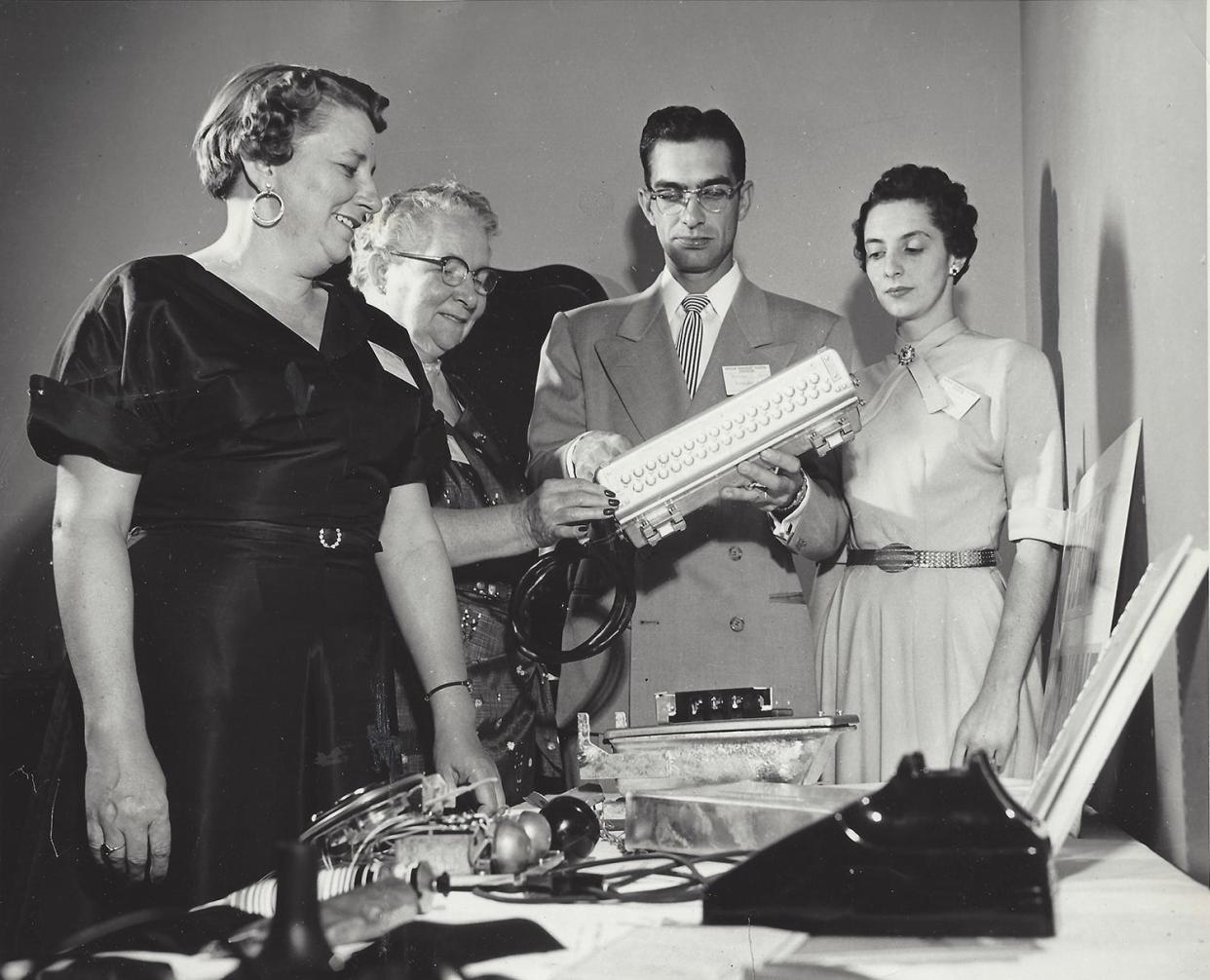
Most adults today can remember a time before smartphones ruled our lives, or when old-school mobile phones were a modern marvel that were far superior to handsets that were attached to the wall with a cord.
Some can even fondly remember back to the days when fancy push-button phones replaced dial telephones (making it much easier to win those “be the tenth caller” contests at our local radio station).
It’s only the truly seasoned among us, though, who can recall the days when a phone call required direct contact with an operator, who answered with the familiar, “Number, please" phrase. Meanwhile, on the other end of the line, entire families had to stop what they were doing to listen intently as the call came in. Was that one long and three short? Or two long and two short? Whose call is it?
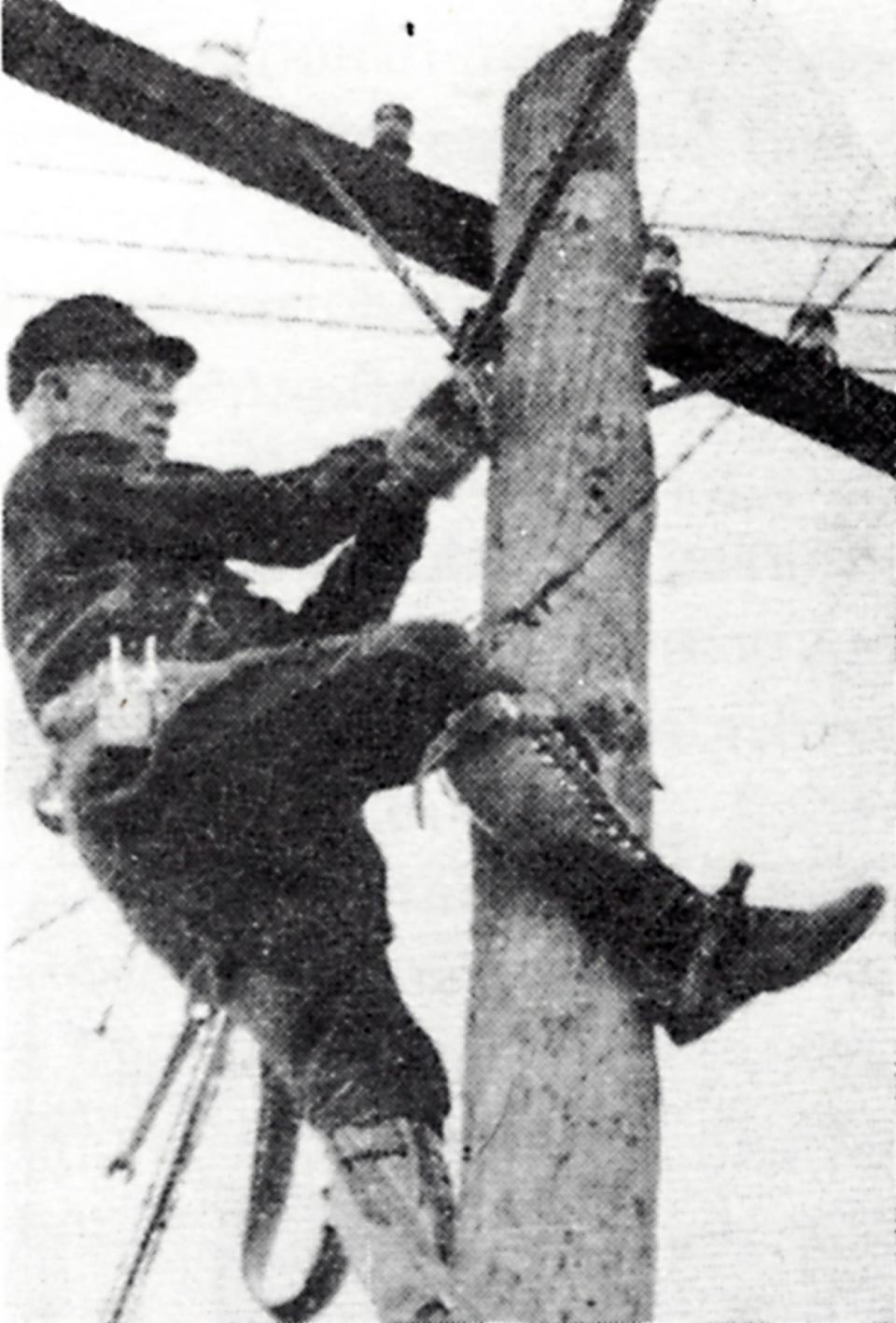
Party lines and operator-assisted calls were common in American life by the early twentieth century. By 1914, Michigan Telephone company, a pre-cursor to Michigan Bell, had over 1,100 phones in the city of Monroe, but in the rural areas of Monroe County, where it was not economically viable for Michigan Bell to provide service, it was common for local farmers to take on the task. Many local phone companies sprang up in this time, including Ida Telephone, Maybee Telephone, and the Farmers Telephone Company of Dundee.
Most of these locally owned businesses were eventually absorbed by Michigan Bell or large independent phone companies, but one of the last holdouts was the Newport Telephone Company. Originally started in 1906 as the Newport Farmers’ Telephone Company by Alfred Niedermeier, the company was later purchased by a hard-working couple with experience in telephone work.
George Smith was born in Newport in 1878, and he met his bride, Katie Birdwell, while working as a lineman for the Independent Telephone Company in Alabama. The couple moved to Newport in 1916 and purchased Niedermeier’s enterprise in 1920 for (according to family lore) $50 and a team of horses.
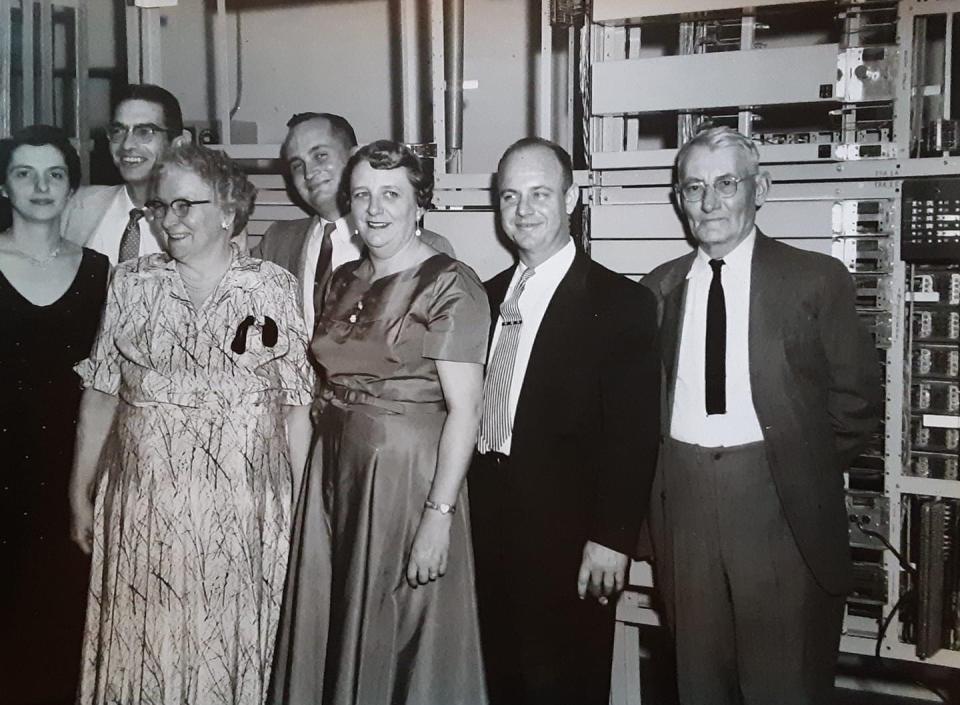
The Smiths operated the company from their home, which still stands today on Swan Creek Road in Newport. According to granddaughters Roxie Ferguson and Karen Smith, the switchboard was in the living room, while a closet held all the wiring. George could often be seen climbing high poles to fix connections, and Katie did the bookkeeping and sometimes worked the switchboard. The couple even had a ringer installed above their bed, so if someone called at night, George could go down and answer it.
The Smiths hired local young ladies to do the “shift work,” including Jean (Manor) Zochowski, who remembers working as an operator when she was just out of high school.
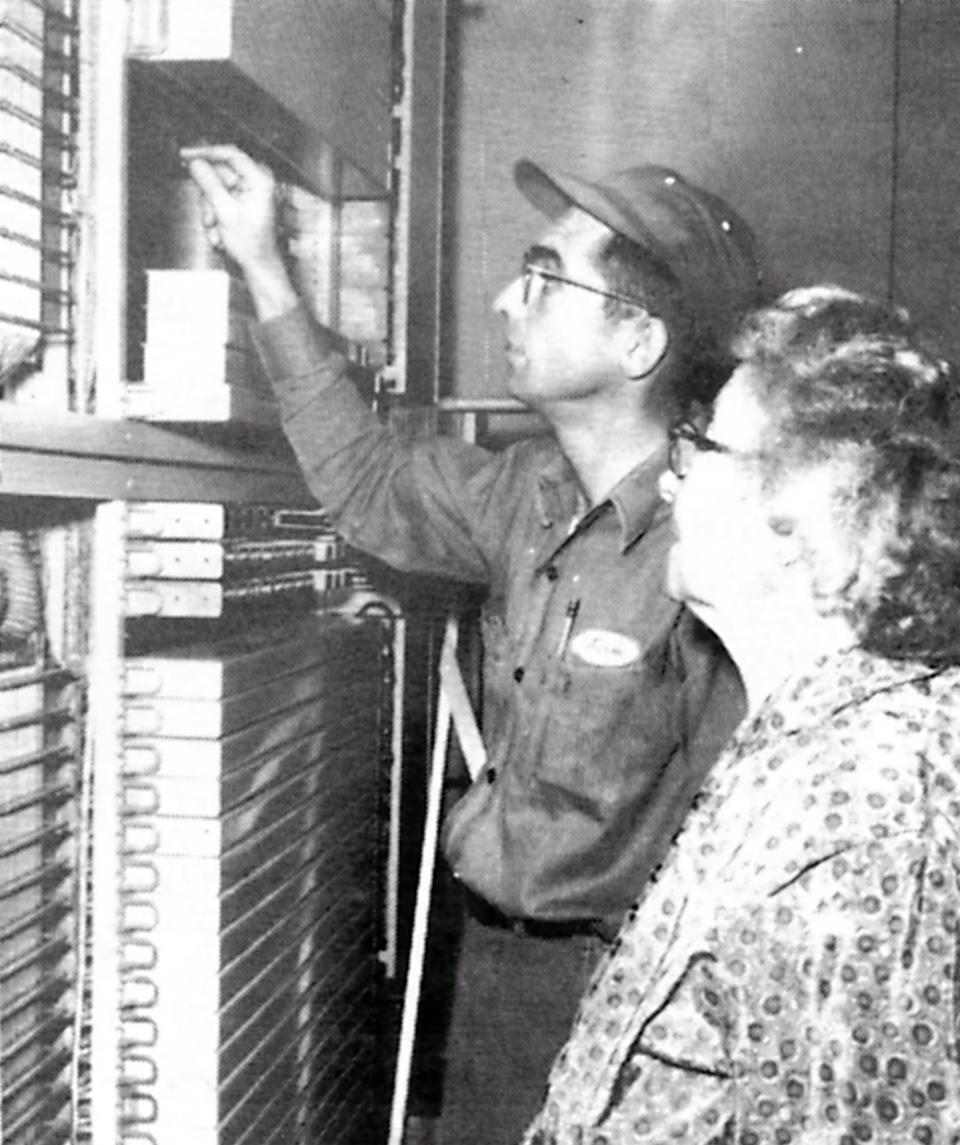
“The switchboard was a large grid with phone numbers, and a light lit up when a customer called,” Mrs. Zochowski recalls. “I would plug into it with my earphones in place and answer it. The customer would give me a number or a name, and I’d look up the ring sequence on the sheet next to my desk, such as, one short and three long.” Multiple families would share the same number—a party line—and each family had a ring sequence. The operator would reach over to a crank near the desk and make the necessary long or short turns.
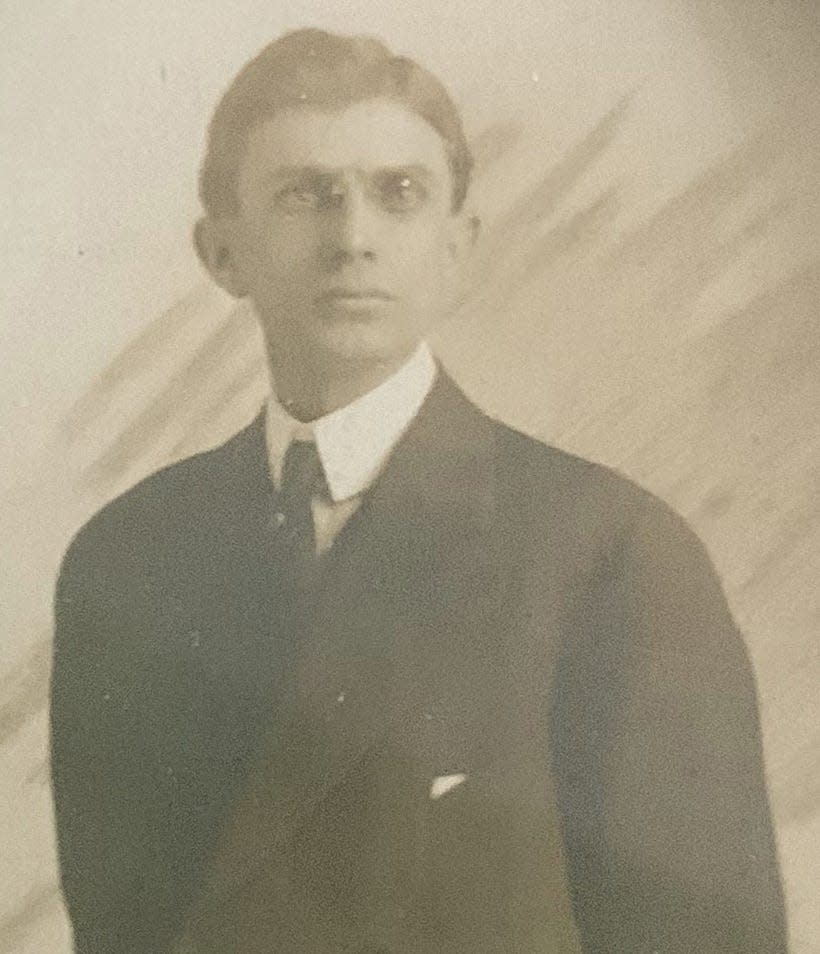
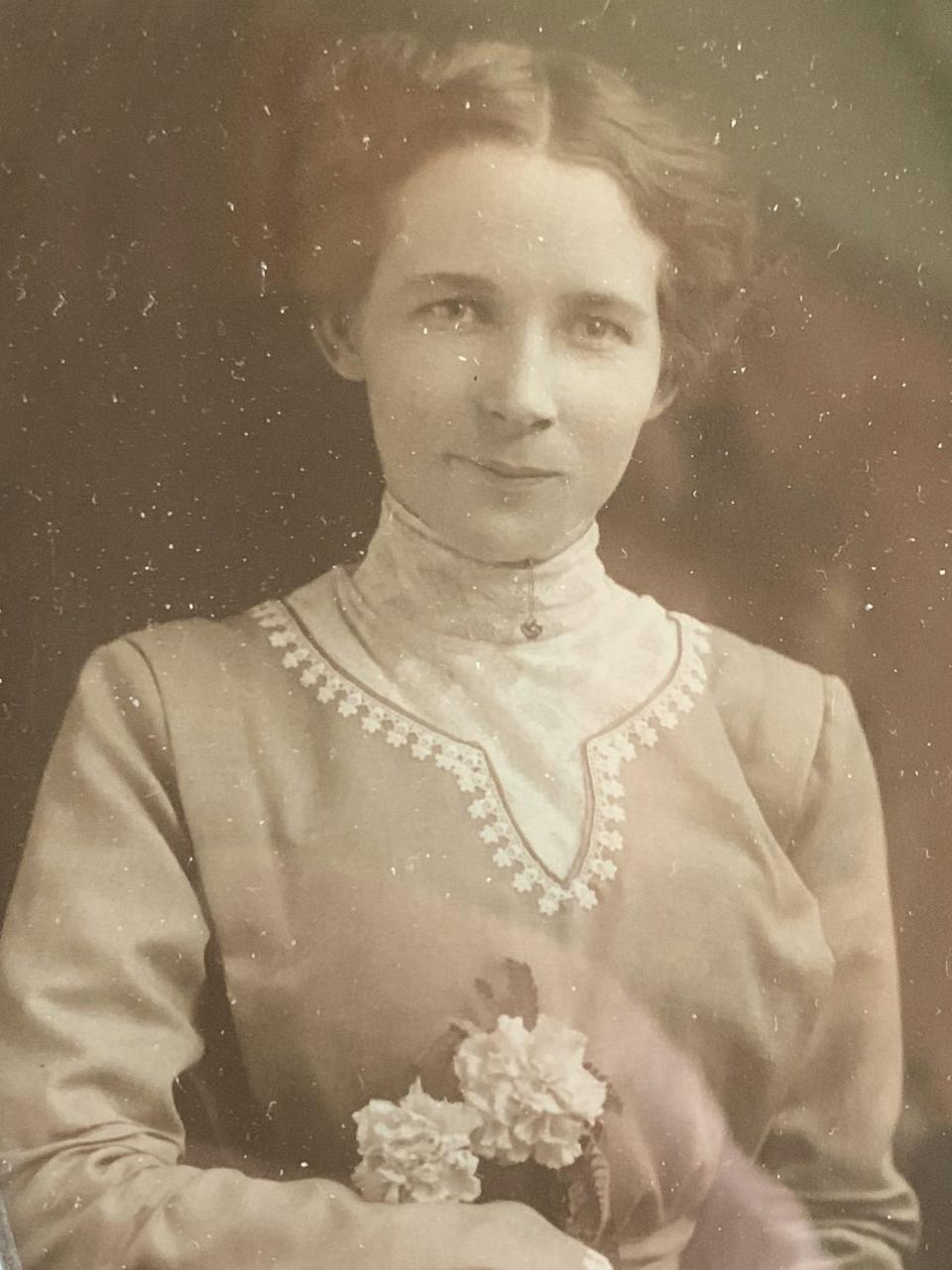
Life with a party line was interesting; deciphering the correct rings could be difficult, and calls were often answered by the wrong person. It could be hard to get an open line to make a call, and anyone on the line could pick up the phone and hear someone else’s conversation. “It got quite complicated at times!” Mrs. Zochowski jokes.
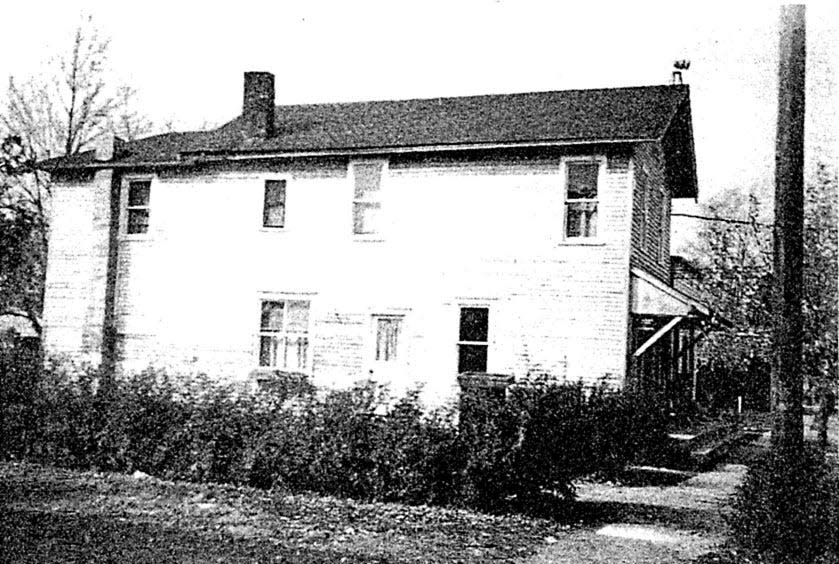
George Smith ran the Newport Telephone Company until his death in 1953. His son Norman (only 22 at the time) then took over. Under Norman’s leadership, a major change was instituted just three years later: the switch to dial telephones. The last operator “pulled the plug” on the old switchboard at 2:04am on November 4, 1956. It was a major accomplishment for this small, independent company to work with the larger Michigan Bell corporation to complete the transition. Five years later, the Smiths and their stockholders sold the company to Independent Telephone Company.
Many years and mergers later, the former customers of the Newport Telephone Company are the only subscribers in the region whose land-line service is provided by CenturyLink. This “oasis,” in the middle of a region almost exclusively served by subsidiaries of the old Michigan Bell, helps to recall the days when farmers took on the task of serving their communities in ways that went well beyond agriculture.
This article originally appeared on The Monroe News: 'Number, please': Life before smartphones

